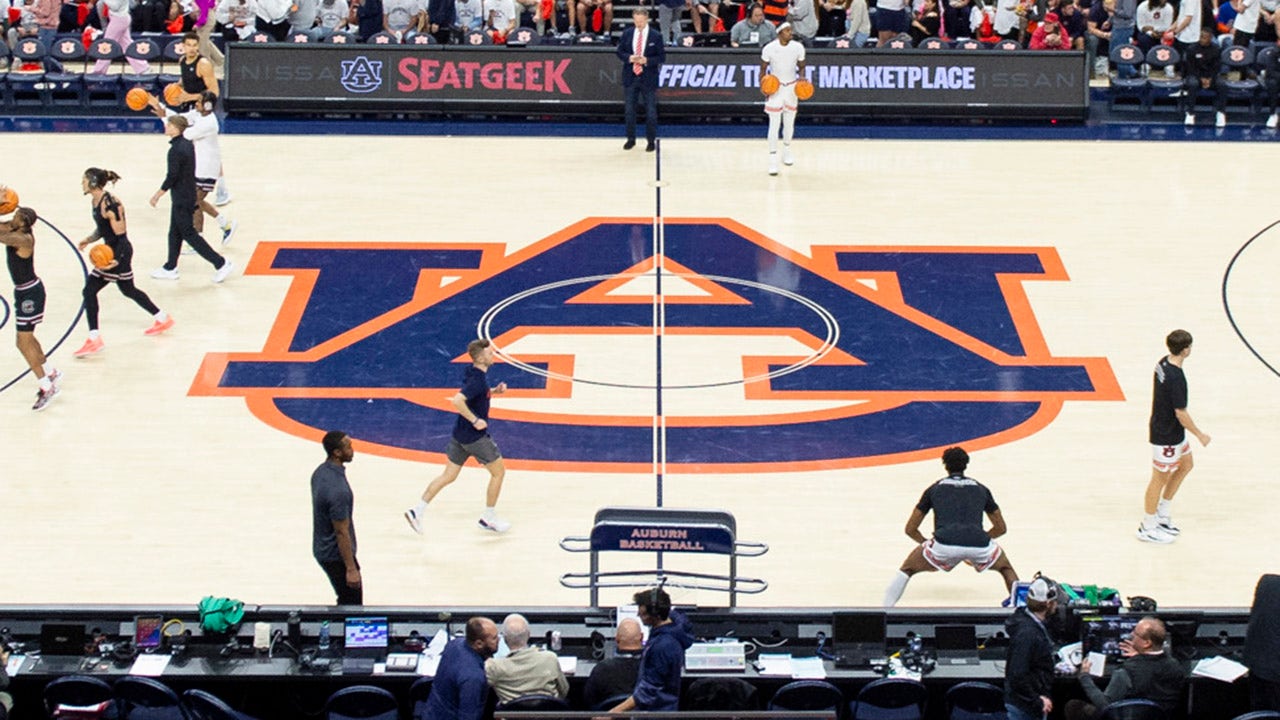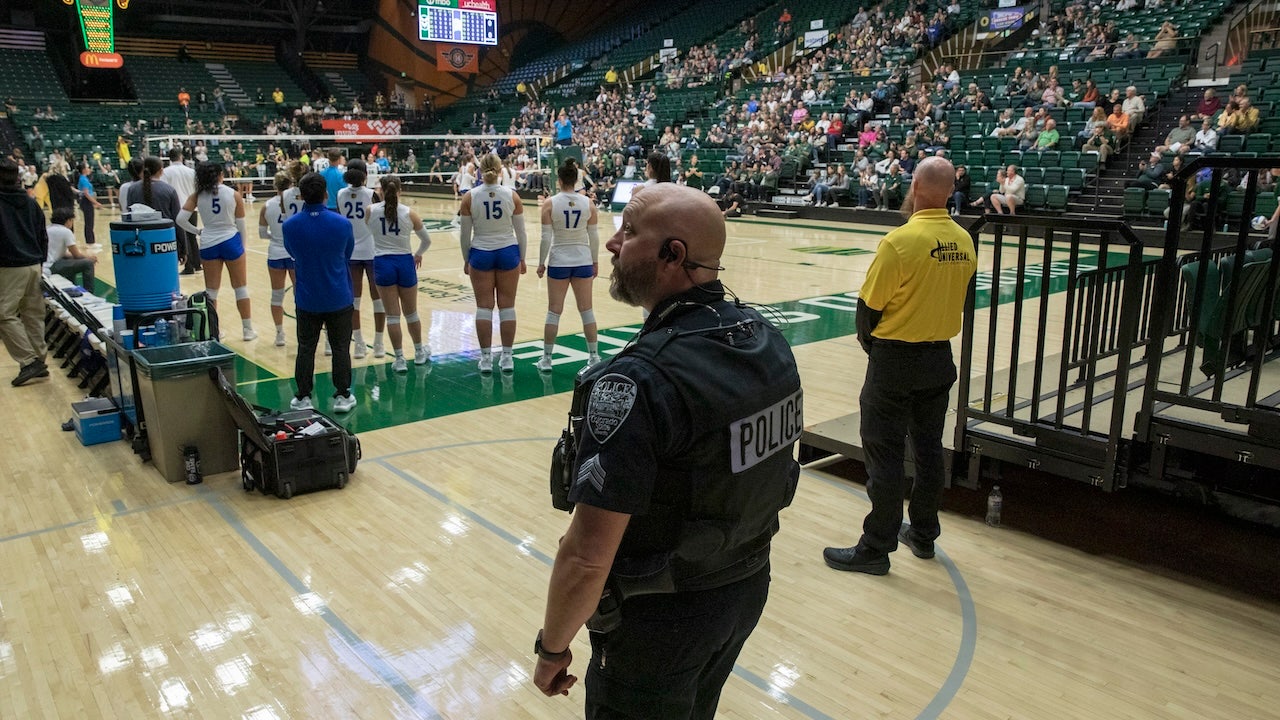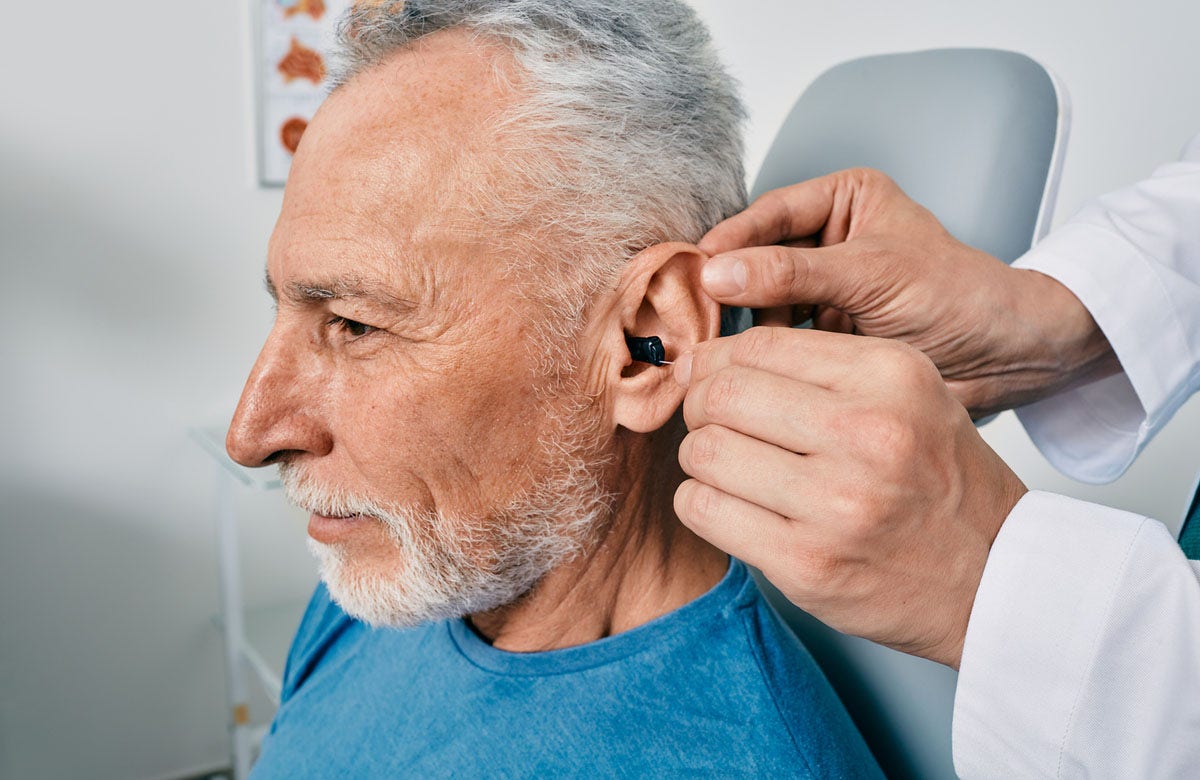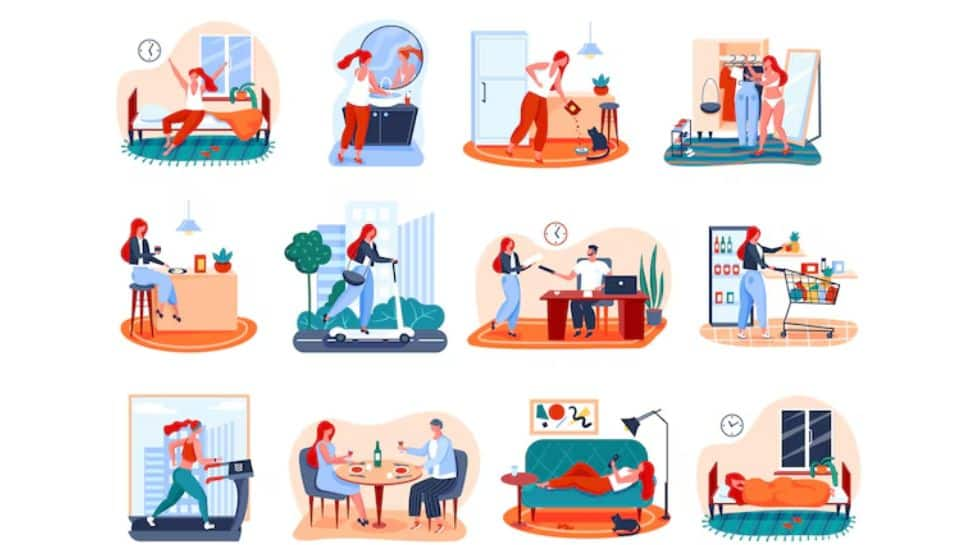NEW DELHI: Scientists have found the brain region which is used when the blind recognise basic faces, known as the fusiform face area. While it is known that blind people can compensate for their loss of vision by using other senses to a certain extent, a study at Georgetown University, US, tested the extent to which this compensation exists.
“Our study tested the extent to which this plasticity, or compensation, between seeing and hearing exists by encoding basic visual patterns into auditory patterns with the aid of a technical device we refer to as a sensory substitution device,” said Josef Rauschecker, professor in the Department of Neuroscience at the university.
Using the specialised device that translated images into sounds, the blind can recognise a basic ‘cartoon’ face, such as a happy face emoji, the researchers said in their study published in the journal PLoS ONE. They used functional magnetic resonance imaging (fMRI) to determine the brain area where this compensatory plasticity was taking place.
Rauschecker said that the results implied that the brain’s fusiform face area development did not depend on experience with actual visual faces, rather on exposure to the geometry of facial configurations, which can be conveyed by other sensory modalities.
“Our study demonstrates that the fusiform face area encodes the ‘concept’ of a face regardless of input channel, or the visual experience, which is an important discovery,” said one of the lead authors Paula Plaza, now at Universidad Andres Bello, Chile.
For the study, the researchers recruited six blind and 10 sighted people (controls), all of whom underwent practice sessions to learn to recognise faces via sounds.
The people were initially trained to recognise simple geometrical shapes, such as horizontal and vertical lines. The researchers then increased the complexity of the stimuli, such that the lines formed shapes like houses or faces, which then became even more complex – tall versus wide houses and happy faces versus sad faces.
The team found through fMRI scans that in the blind, the sounds activated the left fusiform face area to recognise faces whereas in the people having sight, the facial recognition occurred mostly in the right fusiform face area.
“We believe the left/right difference between people who are and aren’t blind may have to do with how the left and right sides of the fusiform area processes faces – either as connected patterns or as separate parts, which may be an important clue in helping us refine our sensory substitution device,” said Rauschecker.
“Our study tested the extent to which this plasticity, or compensation, between seeing and hearing exists by encoding basic visual patterns into auditory patterns with the aid of a technical device we refer to as a sensory substitution device,” said Josef Rauschecker, professor in the Department of Neuroscience at the university.
Using the specialised device that translated images into sounds, the blind can recognise a basic ‘cartoon’ face, such as a happy face emoji, the researchers said in their study published in the journal PLoS ONE. They used functional magnetic resonance imaging (fMRI) to determine the brain area where this compensatory plasticity was taking place.
Rauschecker said that the results implied that the brain’s fusiform face area development did not depend on experience with actual visual faces, rather on exposure to the geometry of facial configurations, which can be conveyed by other sensory modalities.
“Our study demonstrates that the fusiform face area encodes the ‘concept’ of a face regardless of input channel, or the visual experience, which is an important discovery,” said one of the lead authors Paula Plaza, now at Universidad Andres Bello, Chile.
For the study, the researchers recruited six blind and 10 sighted people (controls), all of whom underwent practice sessions to learn to recognise faces via sounds.
The people were initially trained to recognise simple geometrical shapes, such as horizontal and vertical lines. The researchers then increased the complexity of the stimuli, such that the lines formed shapes like houses or faces, which then became even more complex – tall versus wide houses and happy faces versus sad faces.
The team found through fMRI scans that in the blind, the sounds activated the left fusiform face area to recognise faces whereas in the people having sight, the facial recognition occurred mostly in the right fusiform face area.
“We believe the left/right difference between people who are and aren’t blind may have to do with how the left and right sides of the fusiform area processes faces – either as connected patterns or as separate parts, which may be an important clue in helping us refine our sensory substitution device,” said Rauschecker.















































